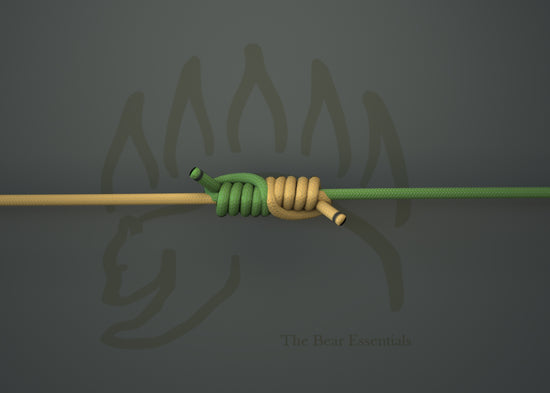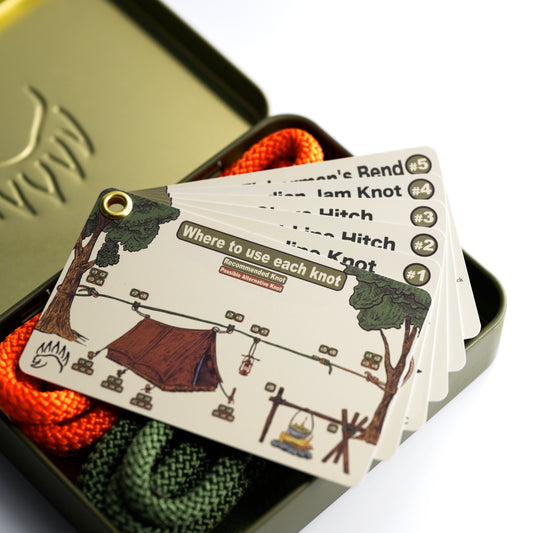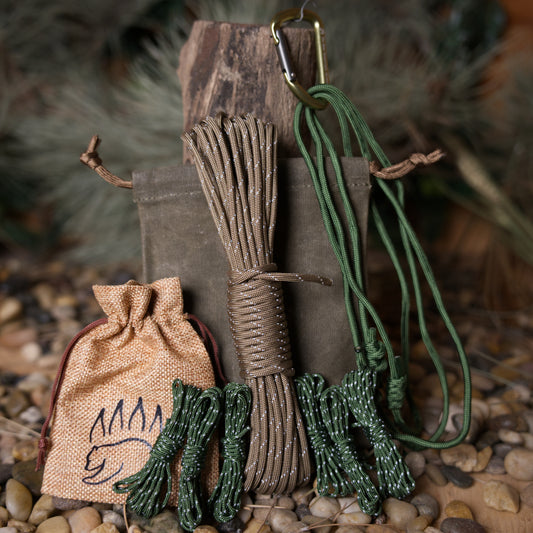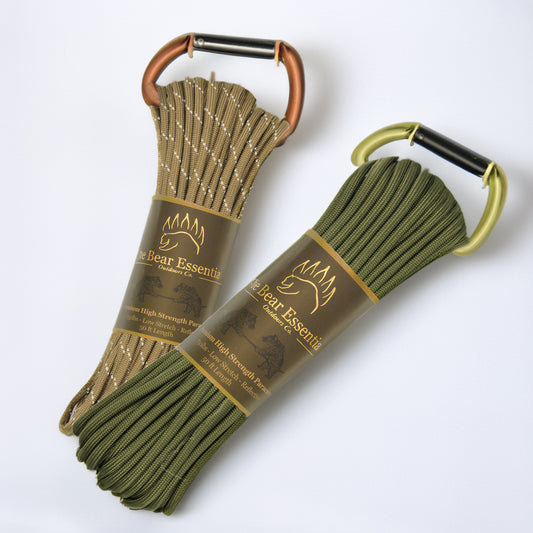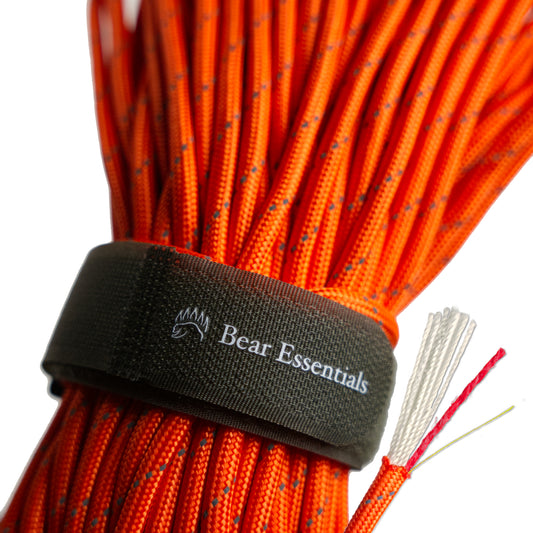How to Tie the Double Uni Knot (Bend)
Usage
The Double Uni Knot is used primarily in fishing and flyfishing to securely join two lines of similar or differing materials, such as connecting a main line to a leader or tippet. Its strength and ease of tying make it a go-to knot for anglers who need reliable performance in various conditions.
Why Learn the Double Uni Knot (Bend)?
Its dual-knot structure ensures a dependable line connection. This knot is a must for anglers joining lines of varying types or diameters.
- High strength: Retains up to 90% of line strength for secure joins.
- Versatile use: Works with monofilament, fluorocarbon, and braided lines.
- Easy to tie: Forms quickly, even with different line types.
- Reliable hold: Prevents slippage when properly tightened.
- Flyfishing staple: Ideal for joining leaders to tippets.
Common Uses
-
Fishing:
- Joins main line to leader for extended reach or strength.
- Connects two lines of different materials, like braid to fluorocarbon.
-
Flyfishing:
- Attaches tippet to leader for precise fly presentations.
- Links leader sections for custom flyfishing setups.
ABOK Number
(Ashley Book of Knots)
Other Names
Category
|
Notable Features
- Strong: Retains up to 90% of line strength.
- Versatile: Works well with all common fishing lines.
- Reliable: Resists slippage with proper tightening.
Variations
The Double Uni Knot is a variation of the Uni Knot, adapted for line-to-line joins by tying two opposing Uni Knots. No other distinct variations are listed.
Similar Knots
Blood Knot vs. Double Uni Knot
- Pros: More streamlined and compact for monofilament joins.
- Cons: Harder to tie with braided lines and less versatile than the Double Uni.
Surgeon’s Knot vs. Double Uni Knot
- Pros: Simpler and faster to tie for quick joins.
- Cons: Weaker with braided lines and less reliable for mismatched diameters.
History
The Double Uni Knot, not listed in The Ashley Book of Knots, evolved from the Uni Knot, popularized by Norman Duncan, to address the need for a strong line-to-line connection in modern fishing. Its ability to join different line types, including braided lines, made it a staple in fishing and flyfishing. Its widespread use reflects its reliability for creating secure, versatile joins in various angling scenarios.
Security Level
The Double Uni Knot provides excellent strength, retaining up to 90% of the line’s breaking strength when tied correctly with monofilament, fluorocarbon, or braided lines. It performs best with proper tightening and 5-7 wraps per knot. For critical applications or very slick lines, ensure extra wraps and test the connection to prevent slippage.
Downsides
- Bulkier profile: Slightly larger than knots like the Blood Knot, potentially affecting casting.
- Tightening sensitivity: Requires careful pulling to ensure both knots seat properly.
Structure
- Overlap the ends of the two lines by 6-8 inches, forming a loop with one line’s tag end.
- Wrap the tag end of the first line around both lines 5-7 times, moving toward the loop’s end.
- Wet the first knot and pull the tag end to tighten, sliding the wraps snugly together.
- Repeat Steps 2-3 with the second line’s tag end, wrapping and tightening in the opposite direction.
- Pull both standing lines to draw the two knots together, tighten fully, trim tag ends, and test for security.
Pro Tip: Wet both knots before tightening to reduce friction and ensure strength. Use 5 wraps for thicker lines, 7 for thinner or slick lines like fluorocarbon.
FAQ
Is the Double Uni Knot strong enough for big fish?
Yes, it’s reliable for most fish when tied correctly, especially with braided lines.
What’s the best line for the Double Uni Knot?
Monofilament, fluorocarbon, or braided lines in 2-30 lb test work well.
How does the Double Uni Knot compare to the Blood Knot?
The Double Uni is easier for braids and mismatched lines, but the Blood Knot is more streamlined.
Can the Double Uni Knot be used in flyfishing?
Yes, it’s ideal for joining tippets to leaders or leader sections.
Why choose the Double Uni Knot over a Surgeon’s Knot?
It’s stronger for braided lines and mismatched diameters, though slightly more complex.
Important Notes on Safety
Common failure points include uneven tightening or insufficient wraps, which can cause slippage or knot failure. Always wet the knots and verify they’re secure before fishing.
Check both lines for nicks or wear before tying.
Ensure 5-7 wraps per knot and even tension when tightening.
Practice in calm conditions to perfect the technique.



